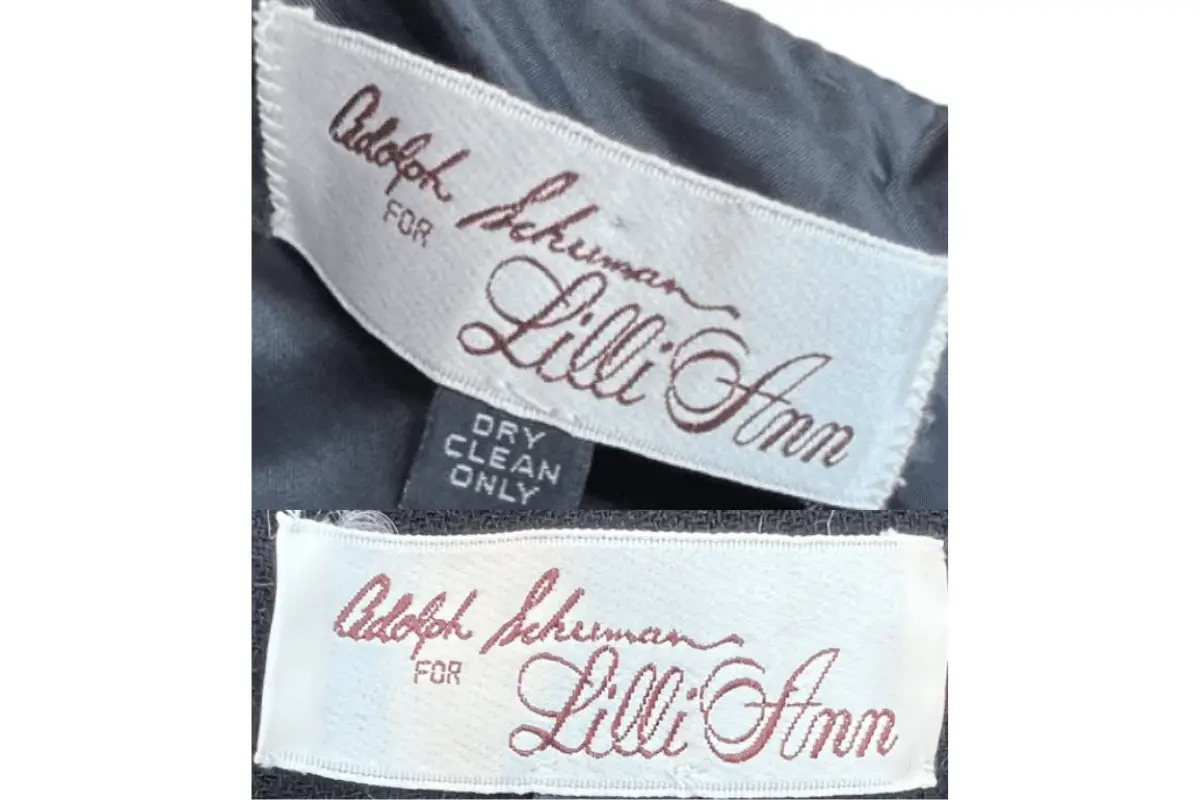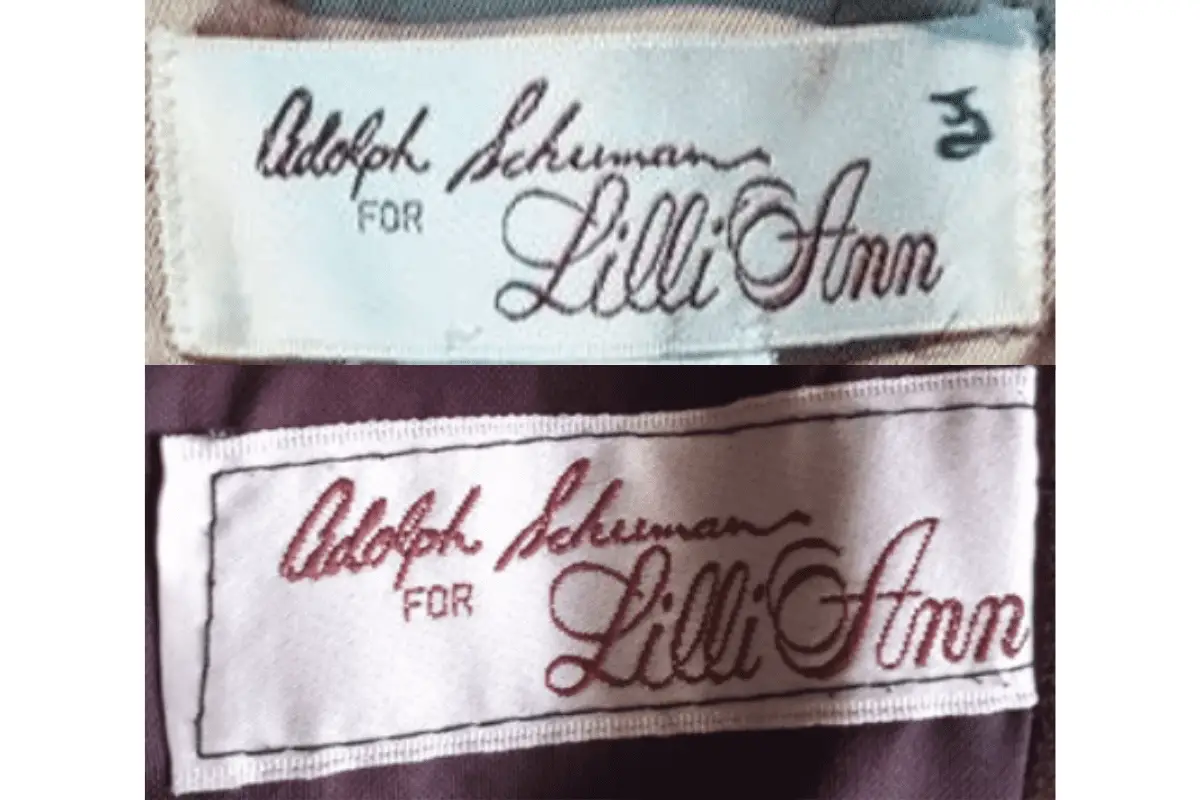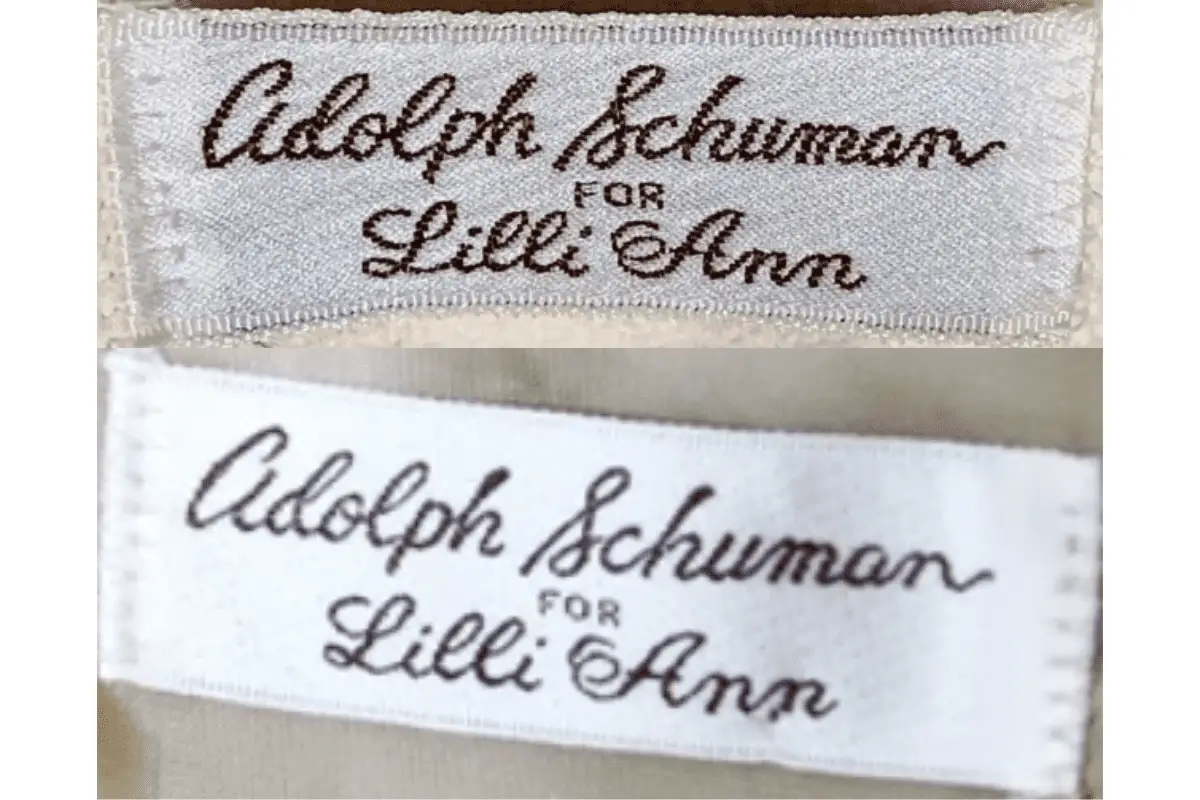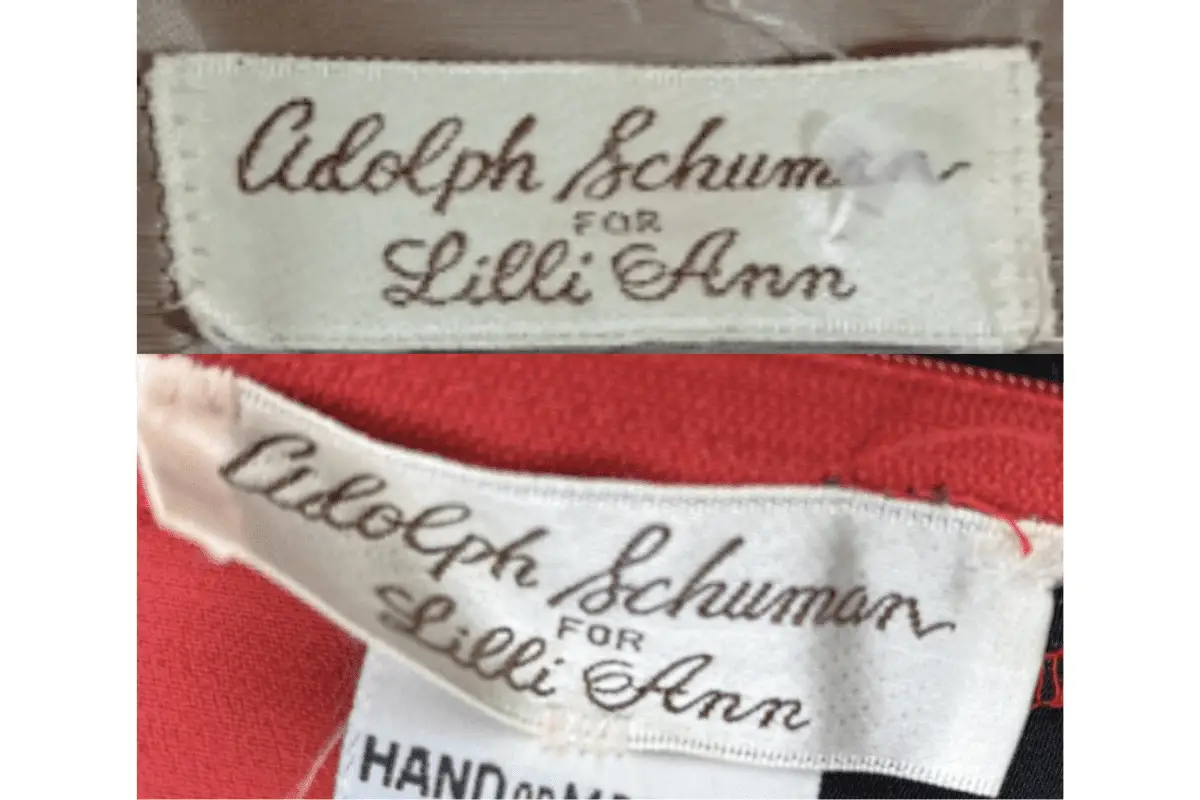Adolph P. Schuman was a visionary in the American fashion industry, best known as the founder of the prestigious Lilli Ann brand. Starting his business in 1933 with just a modest $800 loan, Schuman built Lilli Ann into a name synonymous with luxury, style, and craftsmanship. His success in women’s fashion quickly became evident, and the brand gained a reputation for its elegantly tailored suits and outerwear, appealing to the sophisticated, fashion-forward woman of the mid-20th century. Schuman’s background as the son of a Hungarian Jewish immigrant and diamond broker in San Francisco influenced his drive and entrepreneurial spirit, making him one of the most significant figures in post-war American fashion.
Beyond his success in the American market, Schuman’s contributions extended internationally, particularly in post-World War II Europe. He played a crucial role in the recovery of the European textile industry by purchasing large quantities of French and Italian fabrics, a move that helped breathe life back into the war-ravaged industries. Schuman even opened a Lilli Ann showroom in Paris, where he forged relationships with legendary designers such as Coco Chanel and Cristóbal Balenciaga. These collaborations and his transatlantic fashion shows further cemented Lilli Ann’s status as a premier global fashion brand.
Adolph Schuman was more than just a fashion mogul; he was a deeply involved political figure as well. A committed liberal Democrat, Schuman used his success to fundraise for influential figures like John F. Kennedy and Robert F. Kennedy. His efforts, along with those of other prominent San Francisco businessmen, made him part of the “Green Machine” — a powerful political fundraising group in the 1960s. Schuman’s dual legacy in both fashion and politics continues to resonate, particularly in the realm of vintage fashion, where his Lilli Ann pieces remain highly sought after.
60s Fashion in London’s King Street
How to tell if Adolph Schuman is vintage from the logo
Adolph Schuman, the founder of the iconic fashion brand Lilli Ann, used unique and distinct logos throughout the years, each representing a specific era of the brand. These logos are an excellent way to identify whether your Adolph Schuman piece is vintage. Below is a detailed look at one of the logos used during the 1950s to the 1980s, which can help you determine the age of your item.
1950s to 1980s Adolph Schuman logo
- The logo from this era prominently features the signature of Adolph Schuman, written in elegant cursive script.
- The signature style is very fluid, with an emphasis on the first letters of both the first and last names.
- It has a red, embroidered look, indicating its use on high-quality garments where details such as this were essential to the brand’s image.
- The cursive handwriting adds an air of sophistication, aligning with the high-fashion Lilli Ann brand ethos during this time period.

1950s to 1980s Adolph Schuman logo
How to tell if Adolph Schuman is vintage from the tags
Adolph Schuman, the founder of the Lilli Ann brand, crafted garments known for their high-quality materials and elegant designs. The evolution of the brand’s tags reflects the changing times, while retaining the hallmark of its original identity. The tags across different decades exhibit unique typography and design that can help identify the era of a vintage Lilli Ann piece.
Struggling to identify vintage tags or labels? Submit a picture on our vintage tag identification page, and we’ll help you out!
1950s vintage Adolph Schuman tags
- Features “Adolph Schuman for Lilli Ann” in script font.
- Classic, sophisticated design with a white background and black or dark brown lettering.
- Simplistic yet elegant label presentation, often seen on tailored suits and coats.
- The tags are stitched directly into the garment.

1950s Adolph Schuman tags
1960s vintage Adolph Schuman tags
- Continues the script font for “Adolph Schuman for Lilli Ann.”
- The background of the tag remains white, but the font might slightly vary in thickness compared to the 1950s.
- More prominence given to the designer’s name, with “Lilli Ann” following underneath in a flowing script style.
- Tags are slightly more rectangular compared to the earlier era.

1960s Adolph Schuman tags
1970s vintage Adolph Schuman tags
- Still features the “Adolph Schuman for Lilli Ann” script, but with a more modernized font style.
- Background may appear off-white or cream, with darker lettering in brown or burgundy tones.
- Tags are more prominent in size, sometimes including care instructions on a separate smaller tag attached.
- The text style is often smoother and more refined compared to earlier decades.

1970s Adolph Schuman tags
1980s vintage Adolph Schuman tags
- The “Adolph Schuman for Lilli Ann” script is retained but becomes slightly more streamlined and modern.
- Backgrounds are typically white or light-colored, with clean, bold script for readability.
- Tags often come with additional text indicating care instructions or fabric composition, often appearing in smaller fonts.
- The design exudes a mix of classic and contemporary style, with slight variations in font thickness.

1980s Adolph Schuman tags




